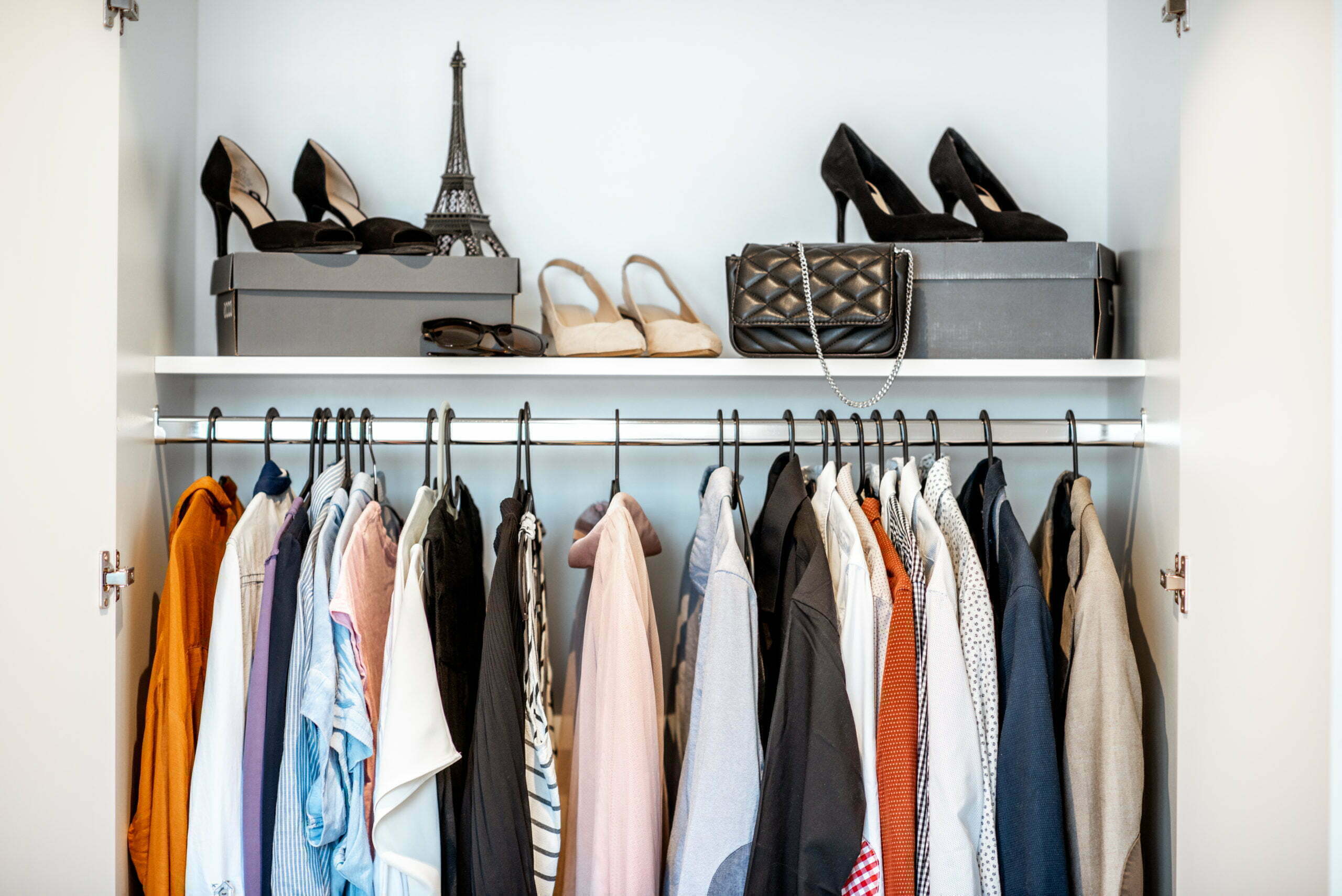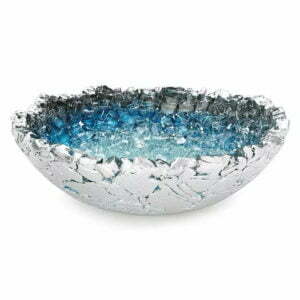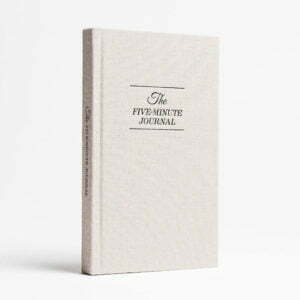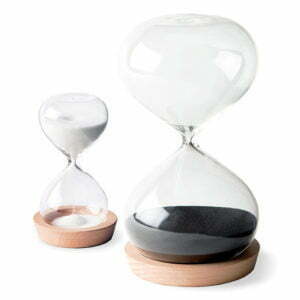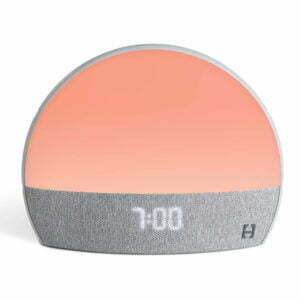Your attire in the courtroom leaves a critical impression on a judge or jury, whether you’re a defendant, plaintiff, witness, or lawyer. When appearing in court, the goal is to give an appropriate and non-threatening impression without distracting from the case. All courtrooms require a specific dress code. Lawyers should always have a clean, polished, and put-together look, while clients should have an equally polished yet more understated look.
Consider the Location

The location of the courtroom influences the dress code. Attending court in an urban setting calls for a more traditional dress such as a solid dark suit with a white shirt or blue shirt and a complimentary tie for men. Attending court in a suburban setting calls for dress pants, a white shirt or blue shirt paired with a tie, and possibly a blazer. When in doubt, you can always look up the court system’s dress code to guide your choice.
Dress Professional or Conservative

A pants suit, skirt suit, dress, or fitted skirt and blouse are professional options for females. It’s never appropriate to wear shorts, t-shirts, or hats in court. It’s also a good idea to remove excess items from your pockets that can make noise or be distracting. You can never go wrong with opting to wear something traditional or conservative. Tattoos and body piercings should be concealed or removed if possible.
The necktie is a quintessential piece of men’s fashion. This accessory is the perfect complement for casual wear, work, and formal occasions. Rather than spend a fortune building a collection of neckties and bow ties, you can shop designer ties and accessories at Tie Deals for a fraction of the price. Whether you need to dress for work, a wedding, a black-tie event, or other special occasions, you can find an exceptional collection of mens suits and ties from known designers at low, outlet prices. The fashion site also features pocket squares, cufflinks, belts, designer dress shirts, coat jackets, and designer bags.
Dress for the Case

Dress for the subject matter of the case before you. Meaning, it’s a good idea to dress down and avoid brand names and edgy styles when dealing with a financial matter. Wearing expensive attire, jewelry, and accessories can quickly give those in court the wrong impression and negatively affect the outcome of the case. Wearing a floral dress and cardigan sweater is a far better choice than wearing a power suit when going to court over custody or domestic violence matter. Dressing for the subject matter of the case conveys honesty and gives the right perception to the judge and jury. How you present yourself in a courtroom is of utmost importance for giving a good first impression, and looking professional is half the battle.
Malliha Wilson is a great example of professionalism in a courtroom. The Tamil immigration lawyer has built an impressive career specializing in international human rights, indigenous, constitutional, corporate, and labour law, and other complex litigation. If someone like Wilson was representing you in a courtroom, they would advise you to present yourself with professionalism and poise in order to be well-received by the rest of the court.
Wear Fitted

Never wear loose or oversized clothing to the courtroom. Your clothing should fit properly, which includes clothing that has an appropriate neckline and hemline for skirts and pants. Another important factor to consider is your grooming. Your hair should be clean, brushed, styled, and if possible, opt for natural hair color. You may even want to consider trimming facial hair or at the very least, keep it neat and tidy.
Be Simple and Neutral

Neutral colors are better than bright colors, which could give a loud impression to certain judges. When in doubt, stick with navy, charcoal, white, and light blue colors. Accessories should be kept to a minimum, such as wearing just a wedding ring.
Keep these tips in mind when preparing to make the right impression in a courtroom.

